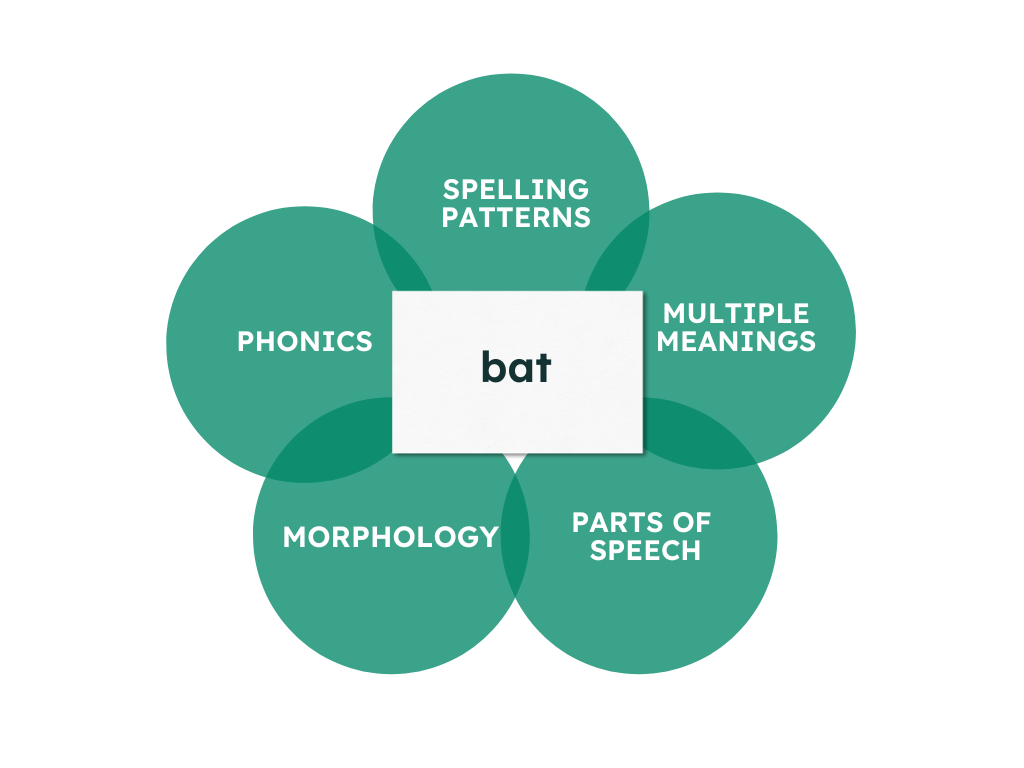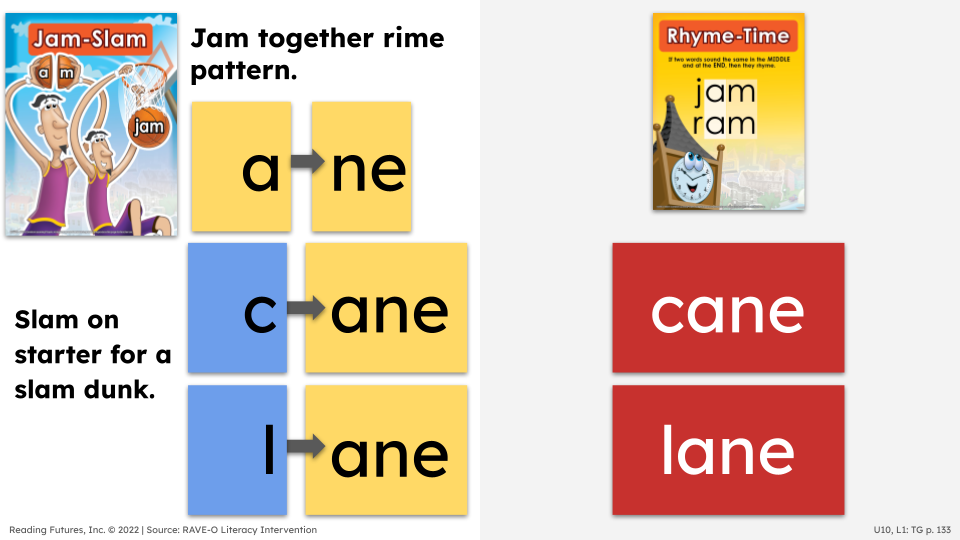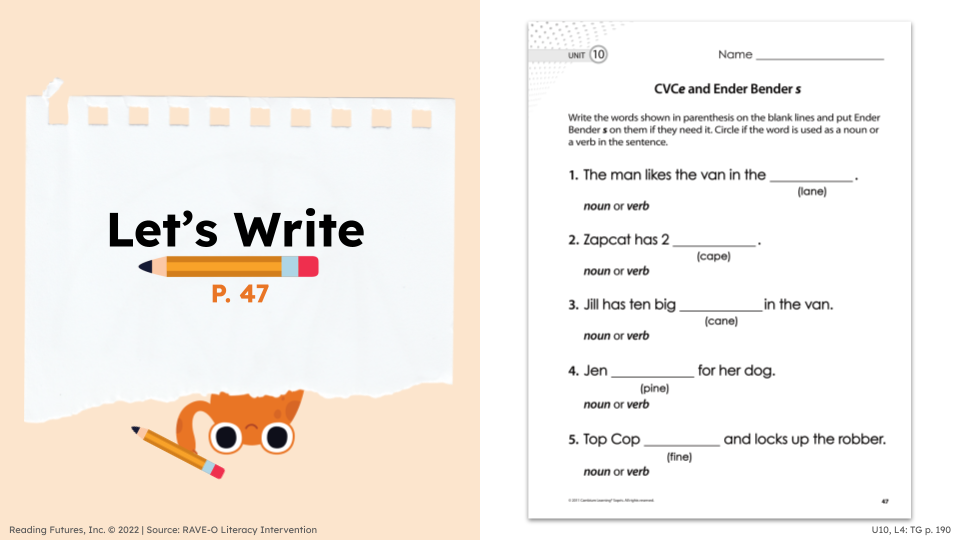Our Approach
Reading Futures Are Possible
This motivating small-group, evidence-based literacy intervention curriculum empowers students to read text deeply in order to build new knowledge, develop new ideas, and reach new levels of reading achievement. RAVE-O mirrors what the brain does when it reads—building new and efficient pathways for sustained reading success. By connecting phonics, spelling, vocabulary, grammar, and morphology, RAVE-O deepens students’ ability to read with accuracy, fluency, comprehension, and joy.
Who is the Program For?
Grades 2-4 students who:
Are one or more years below grade level in reading
Have been identified for intervention by their school
May or may not have a formal diagnosis of dyslexia or other reading disability
Maryanne Wolf, PhD. is an internationally recognized teacher, researcher, and author of more than 130 publications, Dr. Maryanne Wolf has dedicated her entire professional career to children with learning challenges.
“I have lived my life in the service of words: finding where they hide in the convoluted recesses of the brain, studying their layers of meaning and form, and teaching their secrets to the young.”
Dr. Maryanne Wolf, 2007
Proust and the Squid: The Story and Science of the Reading Brain
Meet the Author
Proven Success
RAVE-O has been rigorously tested for more than a decade in gold-standard, randomized treatment-control studies. The results are clear: RAVE-O accelerates student growth in reading.
Changes in Word Attack Standard Scores on Woodcock Reading Mastery Test-Revised
Changes in Oral Reading Quotient (fluency + comprehension) Standard Scores on Woodcock Reading Mastery Test-Revised
Federal Study Details
Geographic Location: multicity, urban
Context: school-based intervention
Students: 279
Grades 2–3, impaired readers
Four treatment groups
Controlled for socioeconomic status, race, and IQ
Treatment: 70 one-hour intervention sessions
RAVE-O* combined with phonemic awareness and blending program
Source: Morris, R., Lovett, M., Wolf, M., Sevcik, R., Steinbach, K., Frijters, J., et al. (2010). Multiple-Component Remediation for Developmental Reading Disabilities: IQ, Socioeconomic Status, and Race As Factors in Remedial Outcome. Journal of Learning Disabilities. doi:10.1177/0022219409355472
How Does RAVE-O Work?
RAVE-O offers a consistent instructional design. The overall progress within a unit moves from accuracy to fluency to fluent comprehension. In each unit students:
Learn foundational phonics skills, including letters, sounds, and letter combinations
Decoding strategies, such as sound-by-sound blending and breaking words into larger sublexical parts like onset and rime (b/at → bat)
Explore core words and discover related words and meanings
Read and write words in context
Respond to what they read through rich discussion and writing
The more a student knows about a word, the faster the word can be decoded, retrieved, and comprehended.
Take a Look Inside the Program
Phonics
Students receive systematic, direct instruction in phonics and decoding.
Spelling Patterns
Students learn high frequent spelling patterns and how to apply them to both reading and writing
Parts of Speech
Students learn core elements of grammar, building a foundational understanding of oral and written language
Morphology
Students learn how prefixes and suffixes can change the meaning of words.
Multiple Meanings
When students understand words deeply, they can retrieve them more quickly when reading.
Practice through Reading
In exploring imaginative and fun stories, students achieve fluent comprehension.












